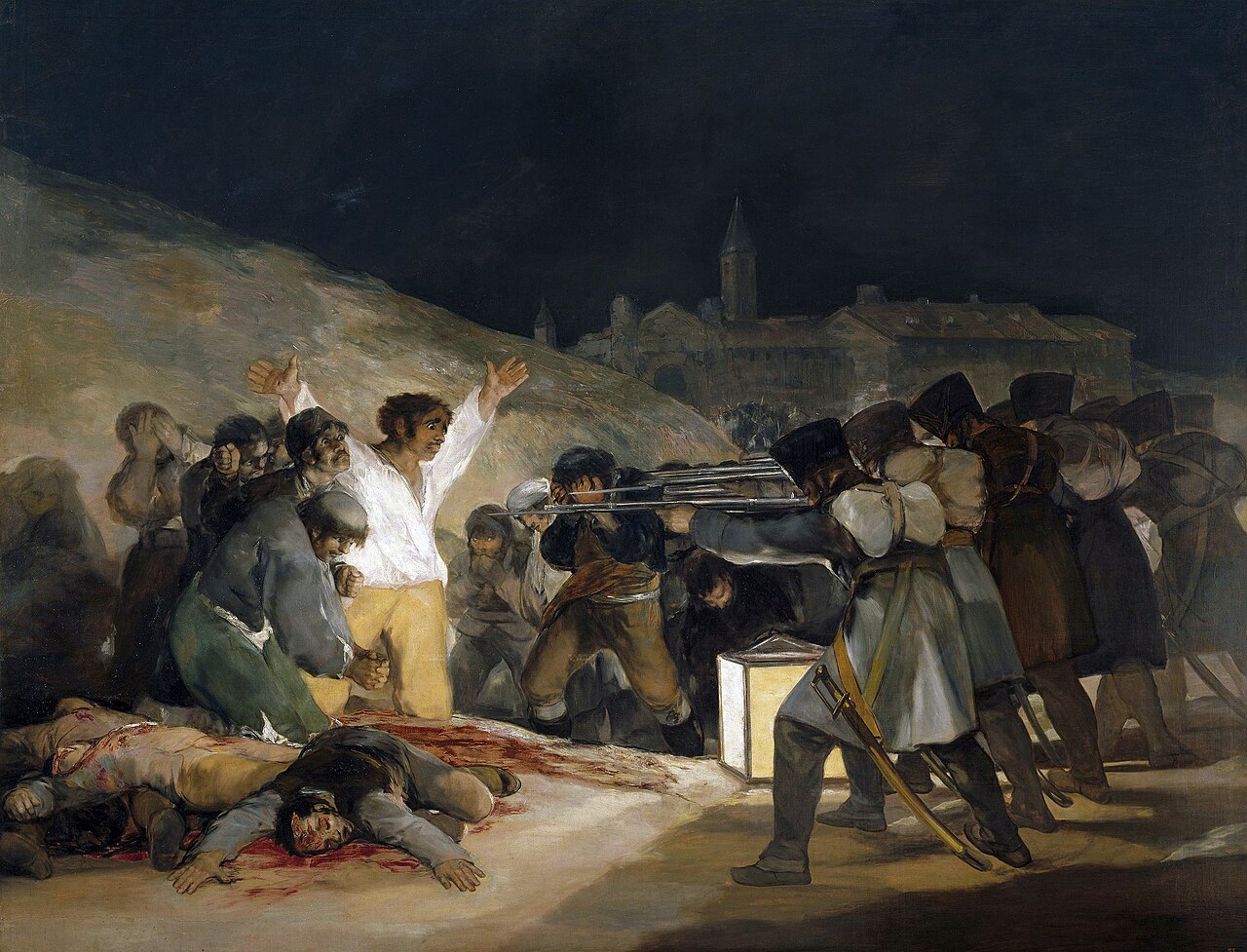 Fernando Llorente and (Madrilene) coauthors have just arXived a paper on the safe use of prior densities for Bayesian model selection. Rather than blaming the Bayes factor, or excommunicating some improper priors, they consider in this survey solutions to design “objective” priors in model selection. (Writing this post made me realised I had forgotten to arXive a recent piece I wrote on the topic, based on short courses and blog pieces, for an incoming handbook on Bayesian advance(ment)s! Soon to be corrected.)
Fernando Llorente and (Madrilene) coauthors have just arXived a paper on the safe use of prior densities for Bayesian model selection. Rather than blaming the Bayes factor, or excommunicating some improper priors, they consider in this survey solutions to design “objective” priors in model selection. (Writing this post made me realised I had forgotten to arXive a recent piece I wrote on the topic, based on short courses and blog pieces, for an incoming handbook on Bayesian advance(ment)s! Soon to be corrected.)
While intrinsically interested in the topic and hence with the study, I somewhat disagree with the perspective adopted by the authors. They for instance stick to the notion that a flat prior over the parameter space is appropriate as “the maximal expression of a non-informative prior” (despite depending on the parameterisation). Over bounded sets at least, while advocating priors “with great scale parameter” otherwise. They also refer to Jeffreys (1939) priors, by which they mean estimation priors rather than testing priors. As uncovered by Susie Bayarri and Gonzalo Garcia-Donato. Considering asymptotic consistency, they state that “in the asymptotic regime, Bayesian model selection is more sensitive to the sample size D than to the prior specifications”, which I find both imprecise and confusing, as my feeling is that the prior specification remains overly influential as the sample size increases. (In my view, consistency is a minimalist requirement, rather than “comforting”.) The argument therein that a flat prior is informative for model choice stems from the fact that the marginal likelihood goes to zero as the support of the prior goes to infinity, which may have been an earlier argument of Jeffreys’ (1939), but does not carry much weight as the property is shared by many other priors (as remarked later). Somehow, the penalisation aspect of the marginal is not exploited more deeply in the paper. In the “objective” Bayes section, they adhere to the (convenient but weakly supported) choice of a common prior on the nuisance parameters (shared by different models). Their main argument is to develop (heretic!) “data-based priors”, from Aitkin (1991, not cited) double use of the data (or setting the likelihood to the power two), all the way to the intrinsic and fractional Bayes factors of Tony O’Hagan (1995), Jim Berger and Luis Pericchi (1996), and to the expected posterior priors of Pérez and Berger (2002) on which I worked with Juan Cano and Diego Salmeròn. (While the presentation is made against a flat prior, nothing prevents the use of another reference, improper, prior.) A short section also mentions the X-validation approach(es) of Aki Vehtari and co-authors.





